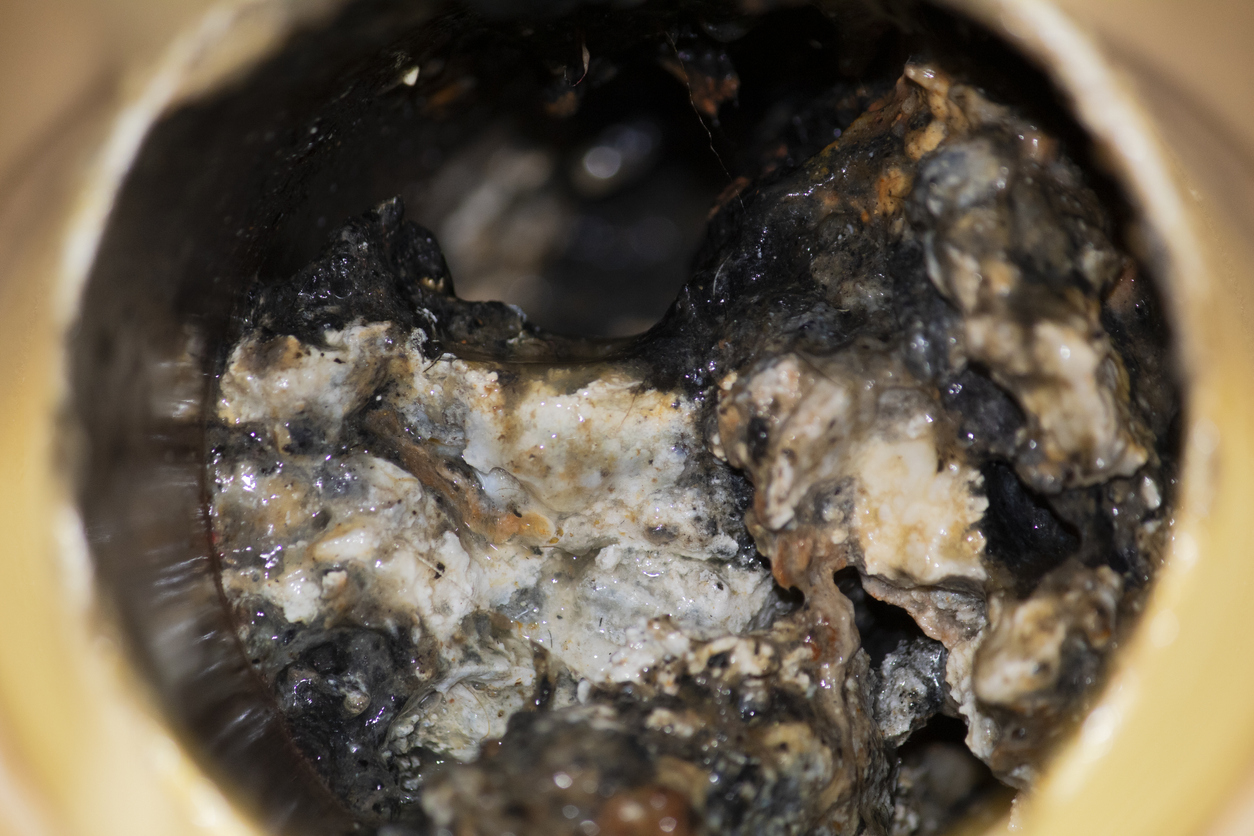How well do you understand septic systems?
To see if you know enough about yours, answer the following questions. If you can't answer all of them, your septic system could become a huge aggravation, public nuisance, health hazard, and financial burden.
- Do you know how a septic system works?
- Do you know what causes septic systems to fail?
- Do you know what it costs to replace a faulty septic system?
- Do you know that a faulty septic system creates health hazards and pollutes the groundwater?
If you are like most people, you know very little about your septic system. This is understandable. You know the old sayings, "Out of sight, out of mind", and "If it ain't broke, don't fix it". In most rural areas, septic systems function as both sewers and sewage treatment plants. All household waste, good or bad, is disposed of through the septic system. Proper operation of septic systems is essential to health, property value, and ecology.
Following these tips and observing these warning signs will help to ensure a long-lasting sewage system, avoid expensive repairs, and protect everyone's water supply.

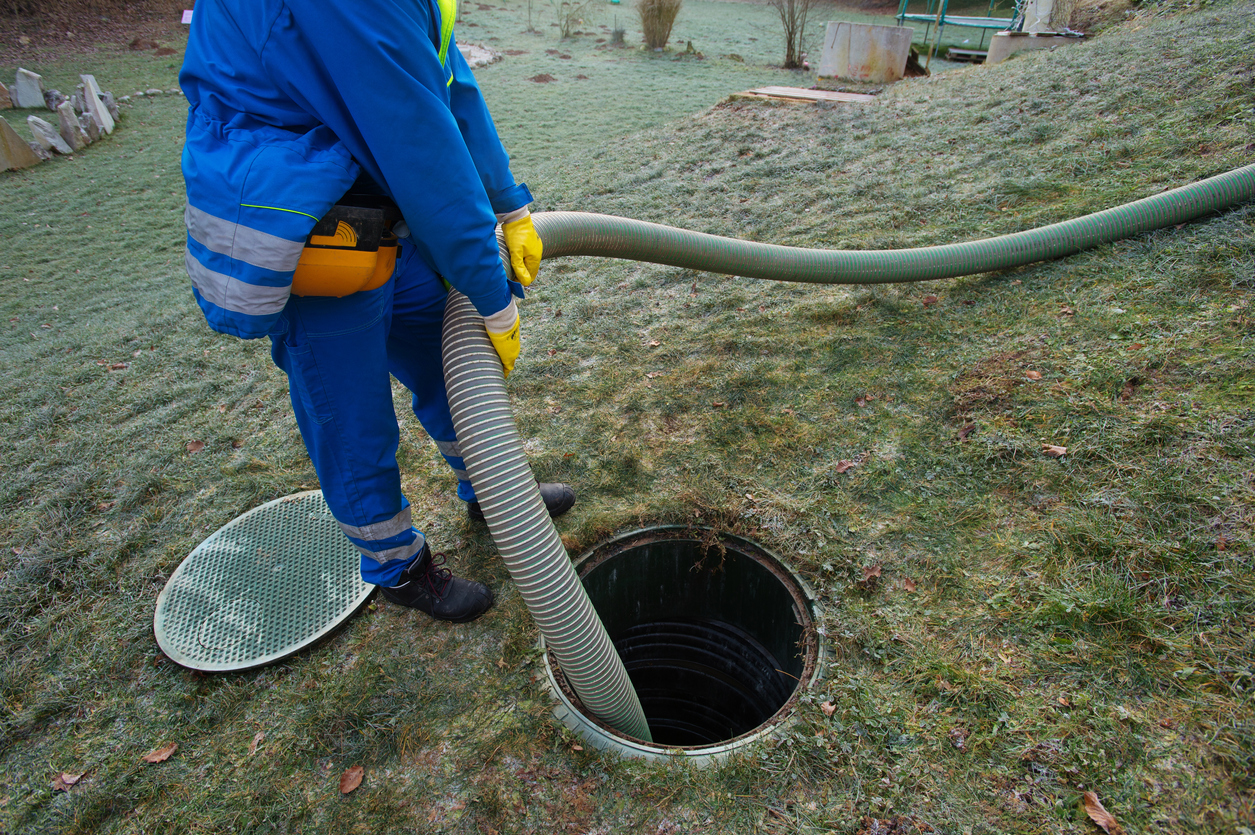 This will remove accumulated sludge and scum which would otherwise reach the lateral field, resulting in a malfunctioning system and costly repairs. This is the single most effective means of ensuring a long-lasting septic system. There are two companies in Harrison County that provide this service:
This will remove accumulated sludge and scum which would otherwise reach the lateral field, resulting in a malfunctioning system and costly repairs. This is the single most effective means of ensuring a long-lasting septic system. There are two companies in Harrison County that provide this service: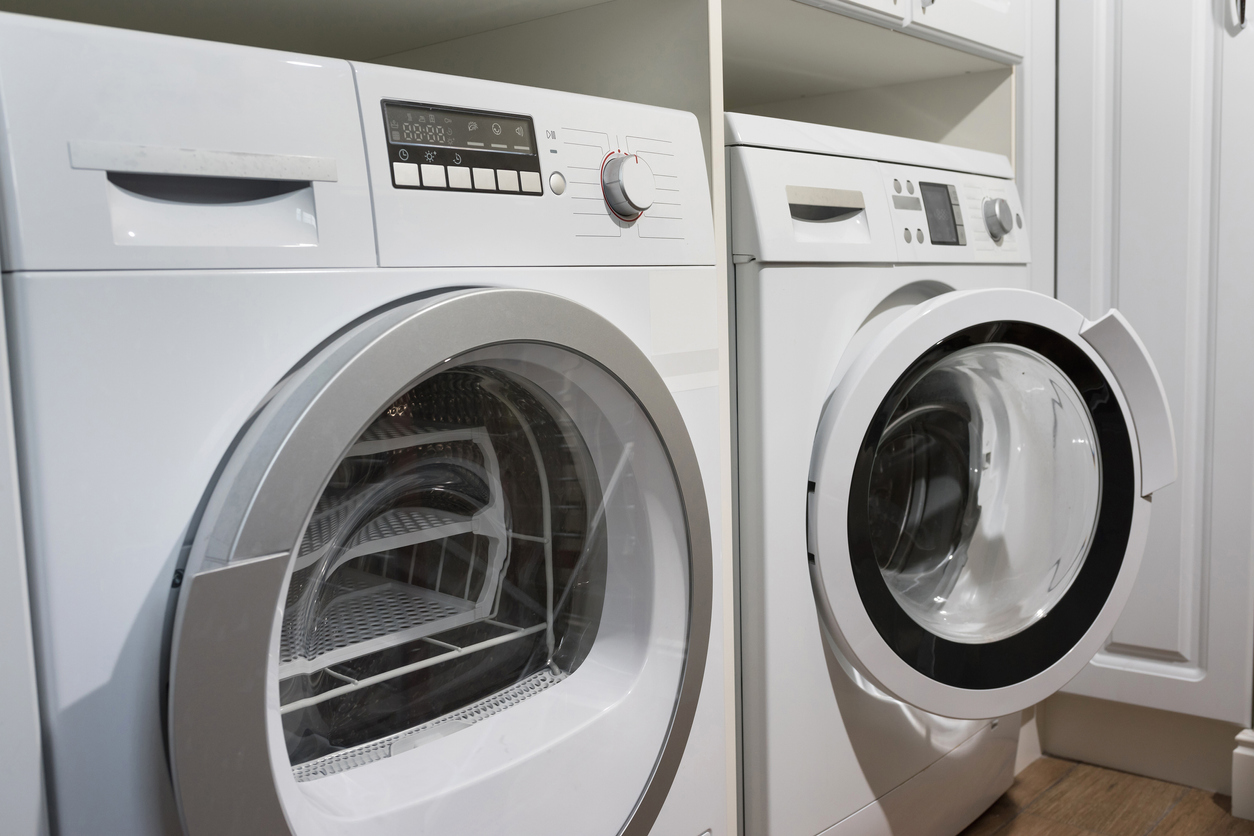 Don't run the washer in water-usage prime times, such as when the toilets, showers, and bathtubs are in demand. Don't do several loads of laundry in one day. Spread it out and do one load a day for several days.
Don't run the washer in water-usage prime times, such as when the toilets, showers, and bathtubs are in demand. Don't do several loads of laundry in one day. Spread it out and do one load a day for several days. Phosphates damage the "good" bacteria in the septic tank. Phosphorous is used in fertilizers and can also cause algae to grow when it gets to our surface waters.
Phosphates damage the "good" bacteria in the septic tank. Phosphorous is used in fertilizers and can also cause algae to grow when it gets to our surface waters.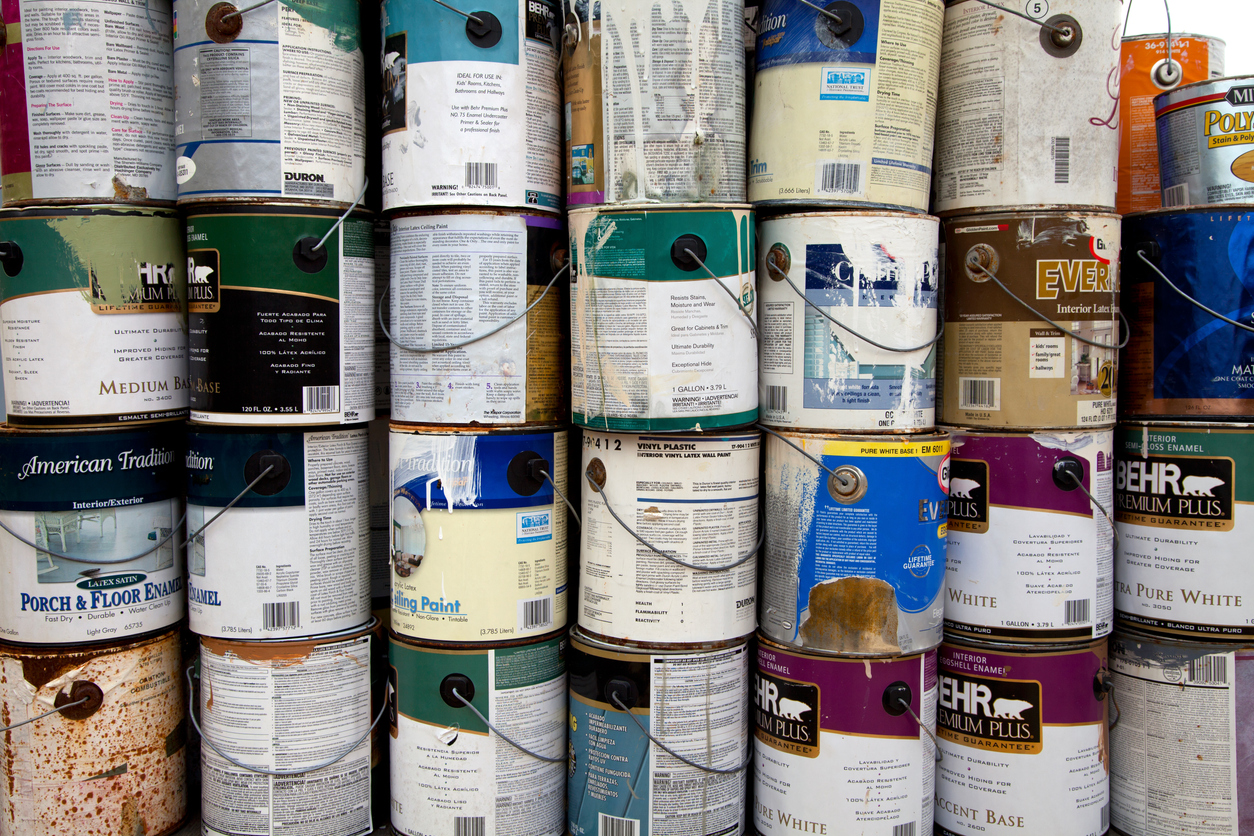 Paints, varnishes, thinners, waste oil, pesticides, etc. can destroy "good" bacteria in your septic tank, pollute the groundwater, and can kill aquatic life such as microscopic plants and animals, fish, frogs, etc.
Paints, varnishes, thinners, waste oil, pesticides, etc. can destroy "good" bacteria in your septic tank, pollute the groundwater, and can kill aquatic life such as microscopic plants and animals, fish, frogs, etc.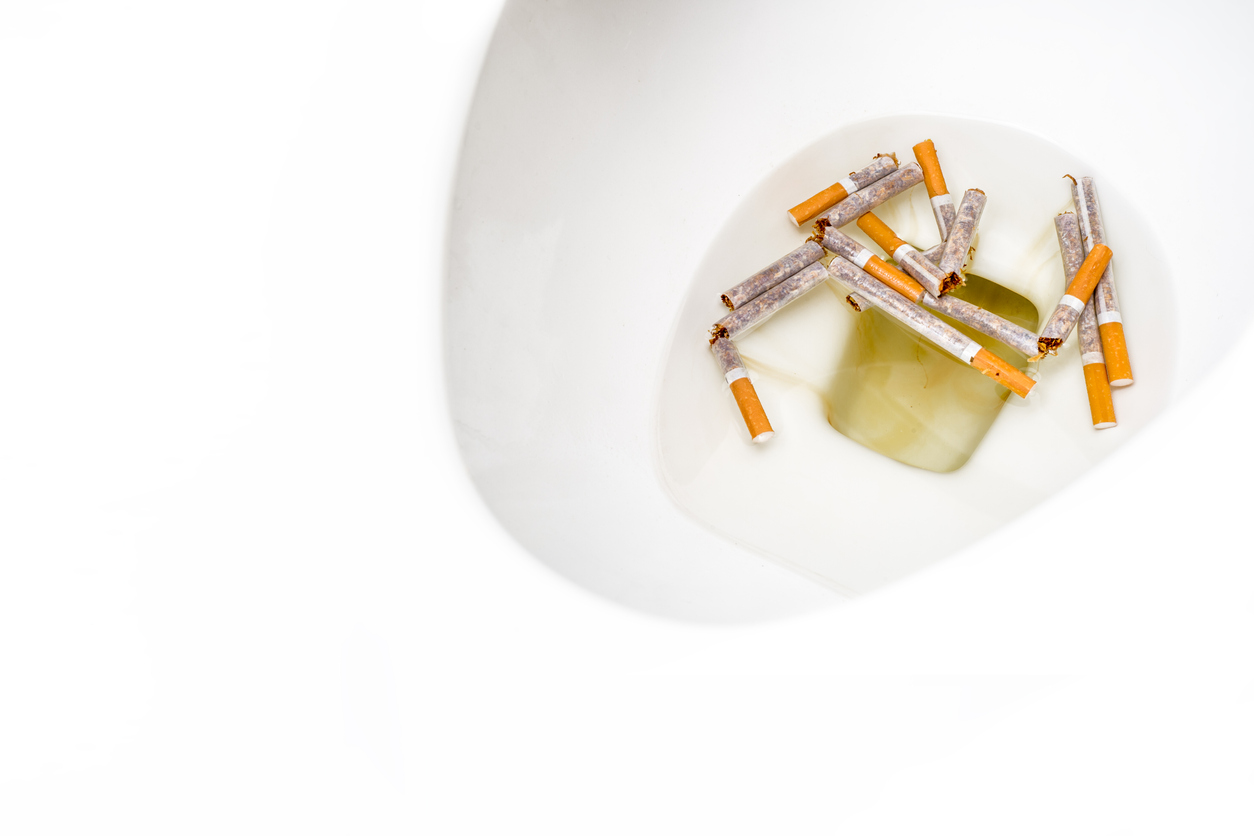 Don't flush coffee grounds, dental floss, disposable diapers, kitty litter, sanitary napkins, tampons, cigarette butts, condoms, grease or oil, paper towels, facial tissues, etc.
Don't flush coffee grounds, dental floss, disposable diapers, kitty litter, sanitary napkins, tampons, cigarette butts, condoms, grease or oil, paper towels, facial tissues, etc.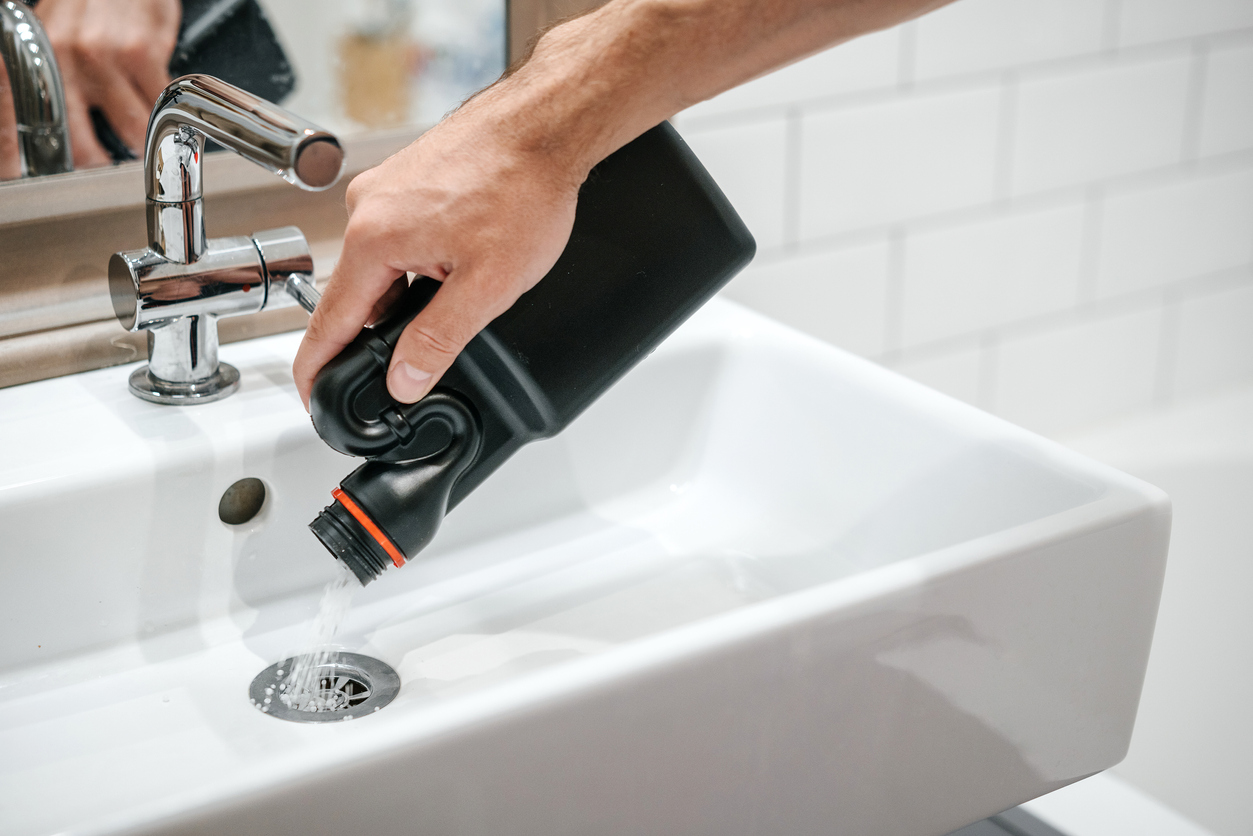 They can partially liquefy solids in the tank, allowing them to flow out and clog up your lateral lines.
They can partially liquefy solids in the tank, allowing them to flow out and clog up your lateral lines.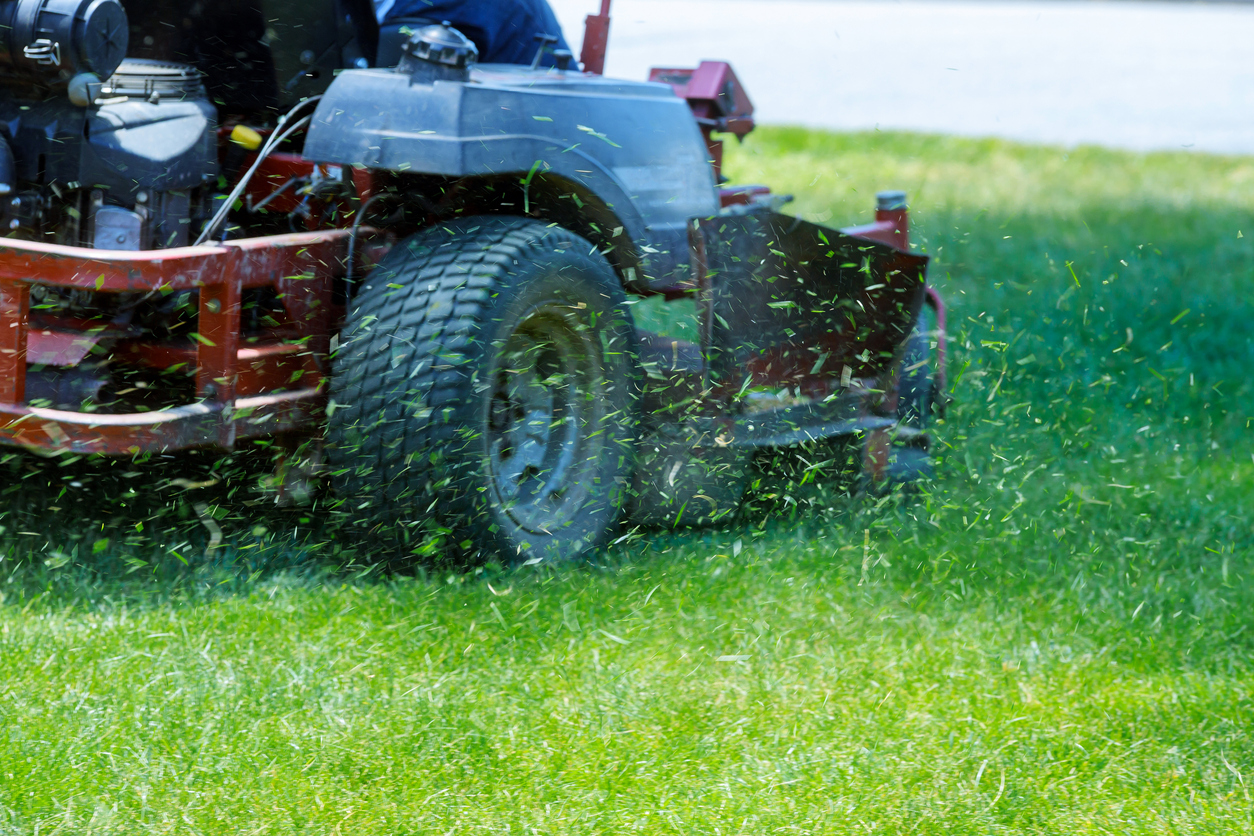 Do not allow vehicles larger than a riding mower to park on or drive over your lateral field.
Do not allow vehicles larger than a riding mower to park on or drive over your lateral field.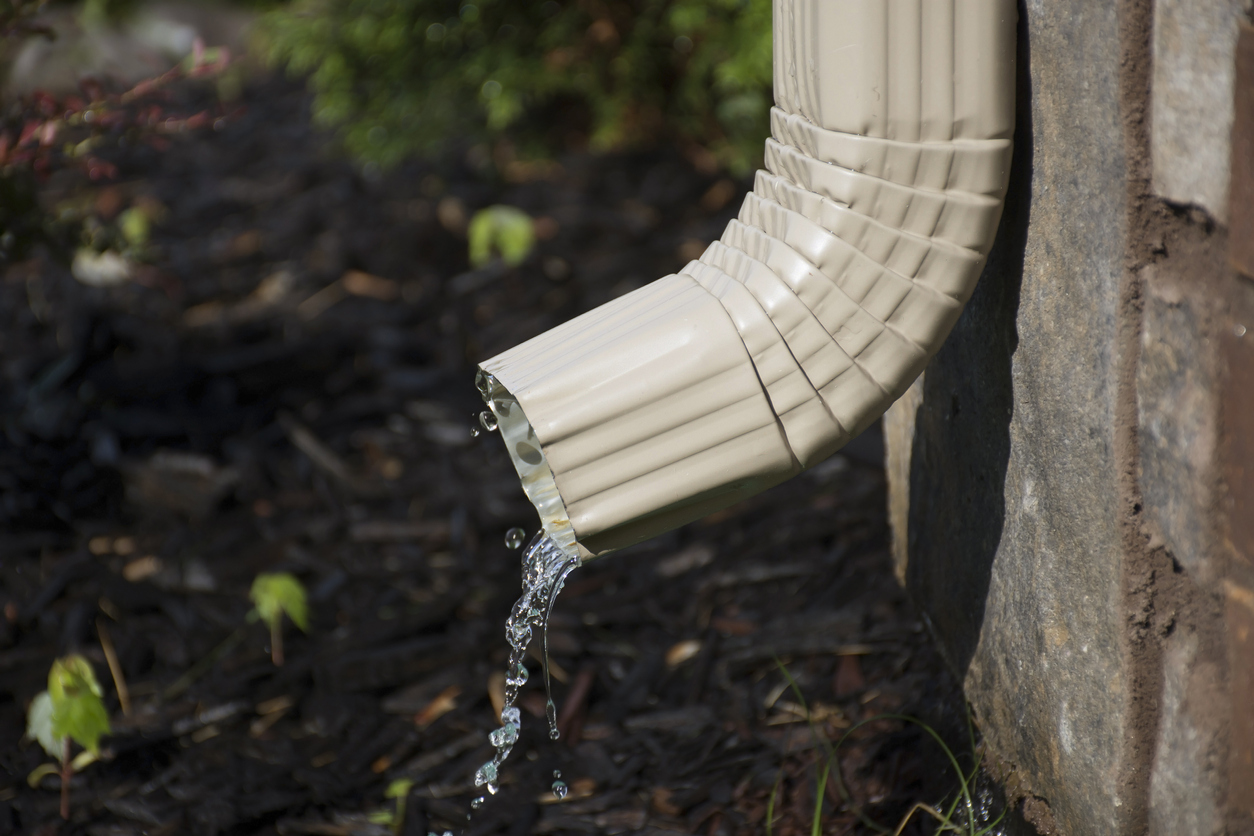 Divert surface water, roof drains, sump pumps, hoses, and house footing drains away from the sewage system.
Divert surface water, roof drains, sump pumps, hoses, and house footing drains away from the sewage system.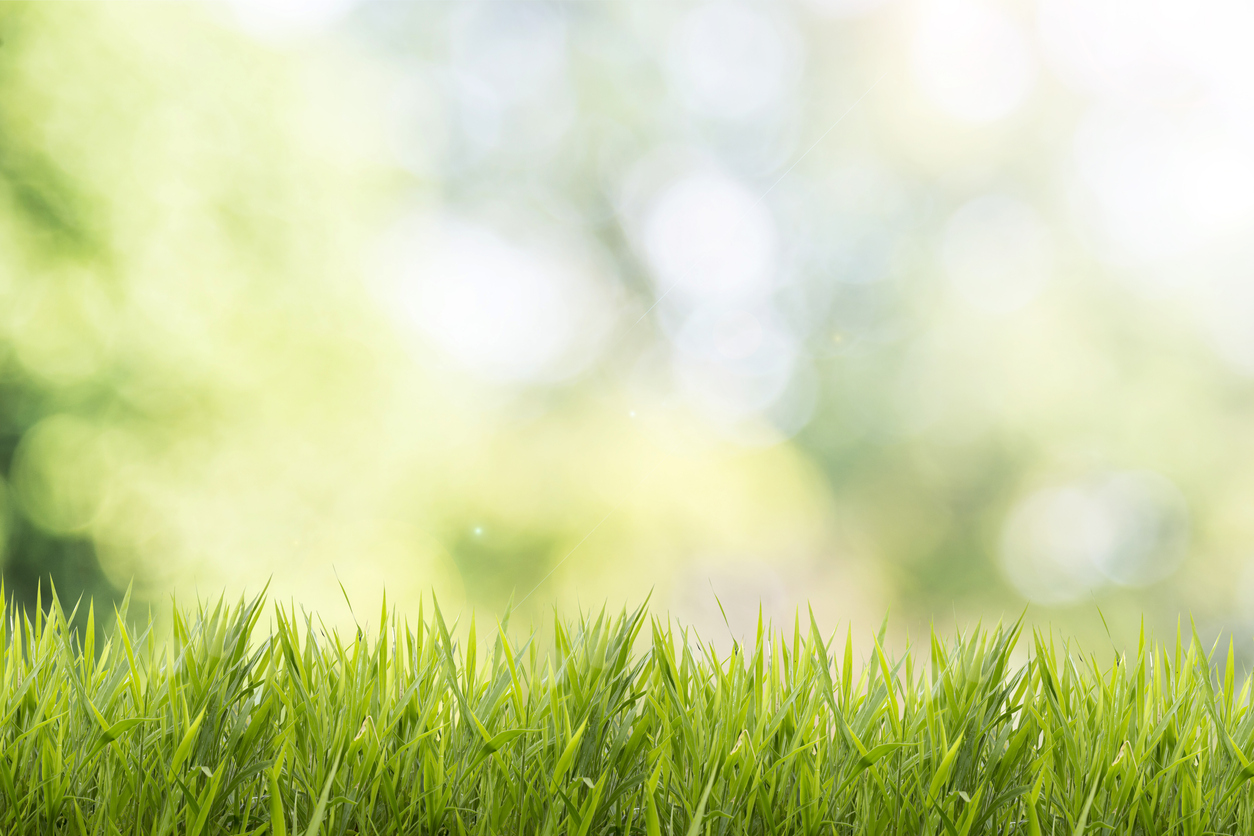 Good ventilation, and abundant sunlight. Don't pour concrete patios or basketball courts on top of your lateral field. Trees and shrubs should not be planted over sewage systems. Their roots are drawn to the water in the lateral lines and may grow into and clog them. Trees and shrubs planted between the septic system and a sinkhole, creek, pond, or lake, however, would be beneficial.
Good ventilation, and abundant sunlight. Don't pour concrete patios or basketball courts on top of your lateral field. Trees and shrubs should not be planted over sewage systems. Their roots are drawn to the water in the lateral lines and may grow into and clog them. Trees and shrubs planted between the septic system and a sinkhole, creek, pond, or lake, however, would be beneficial.